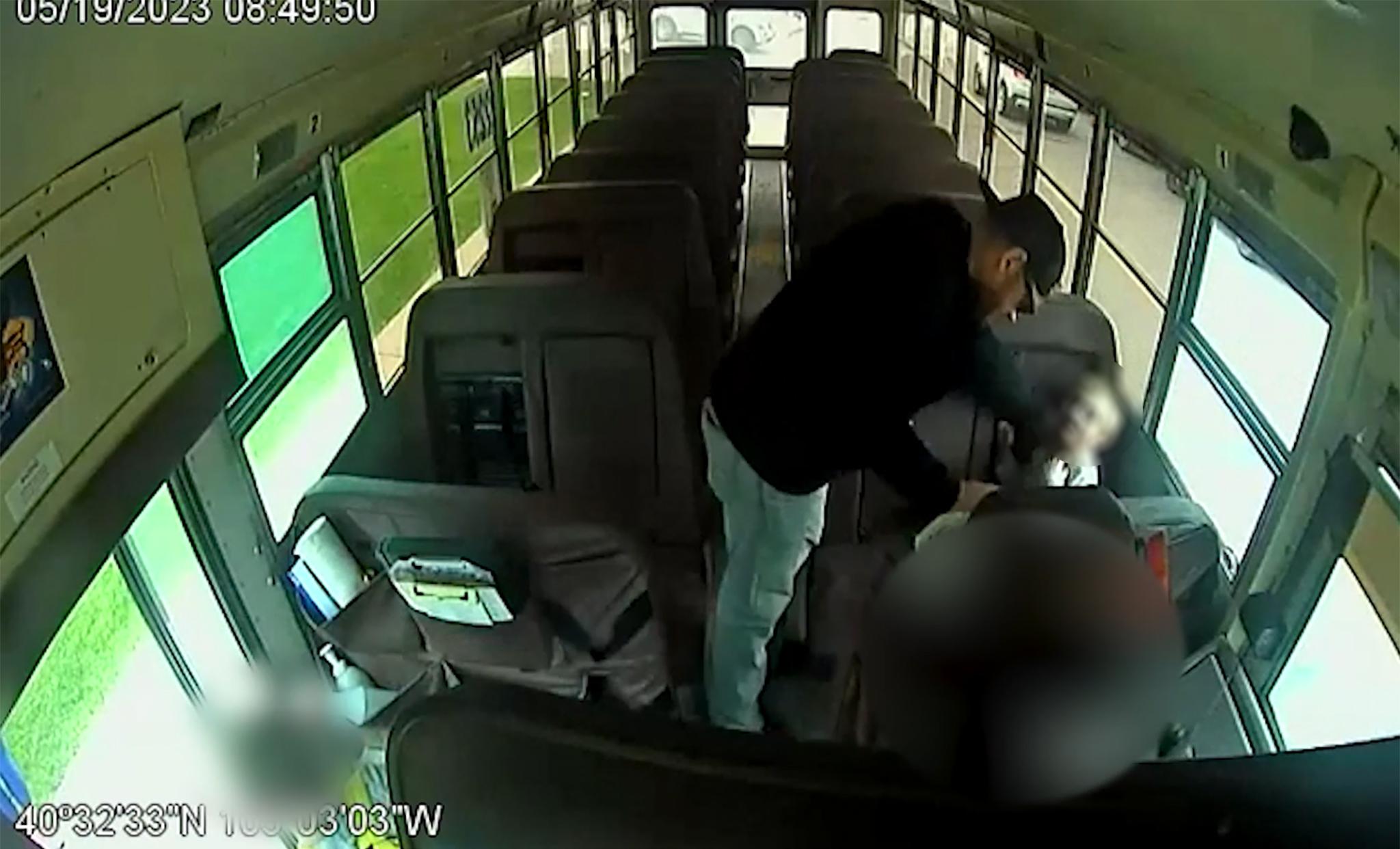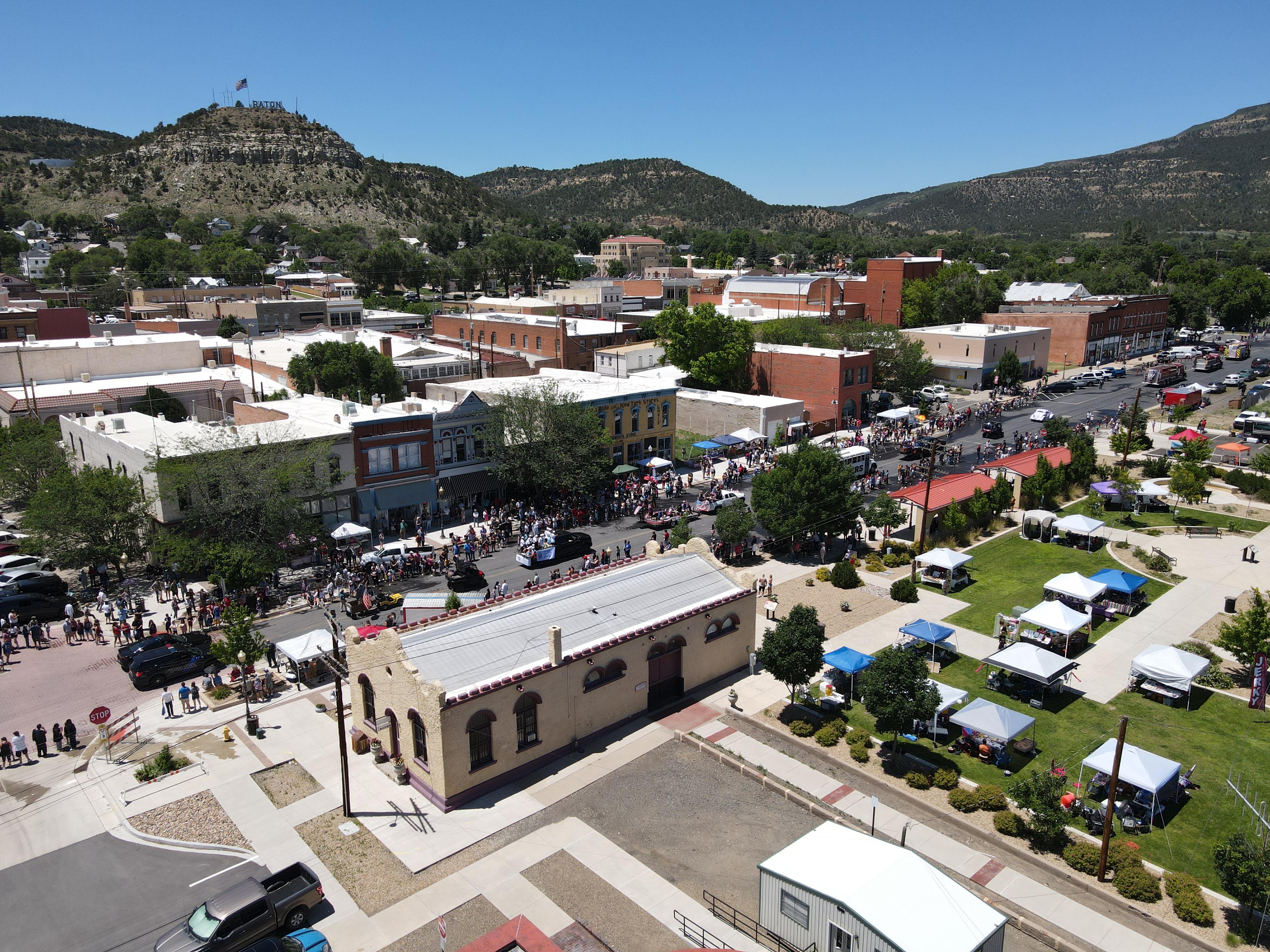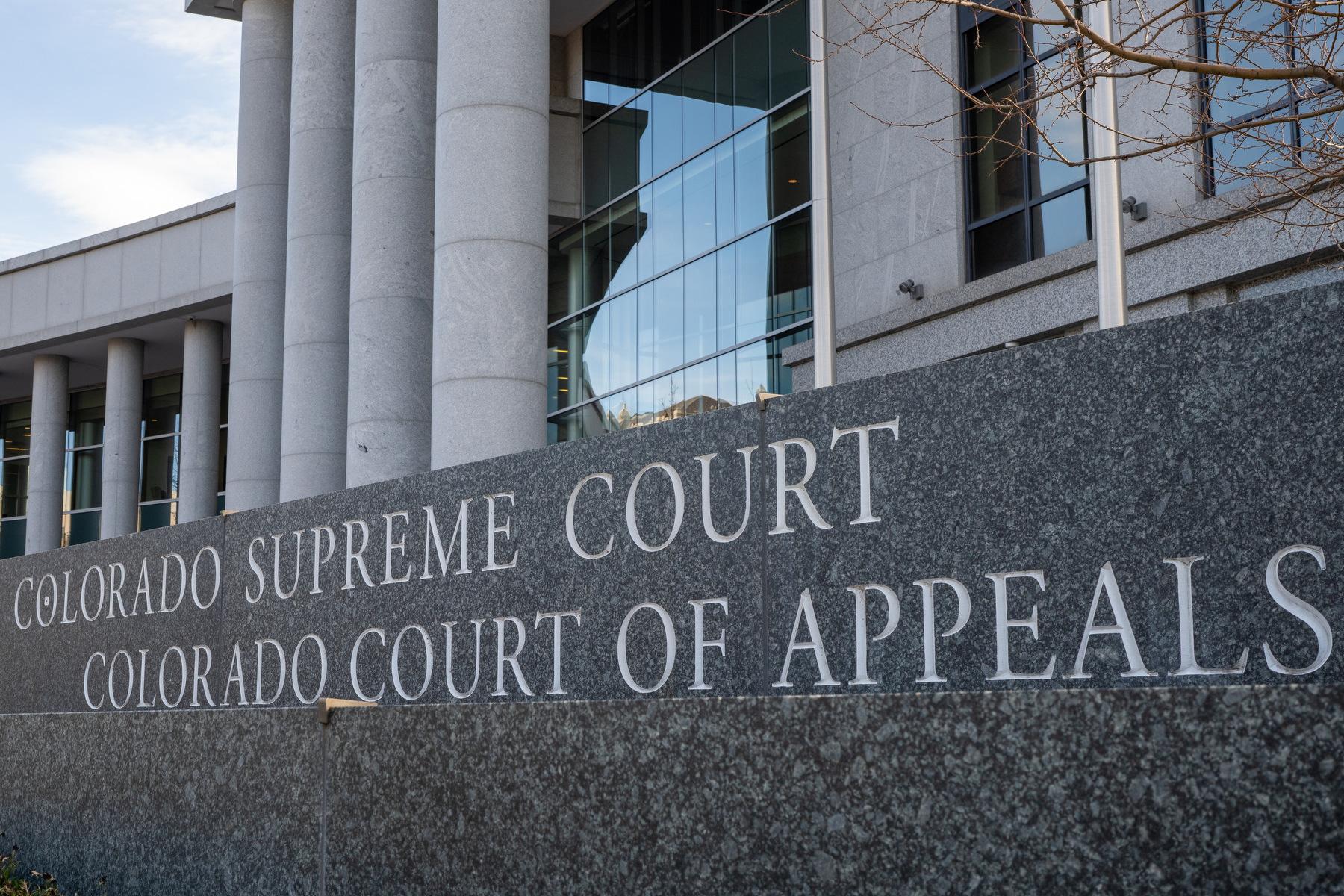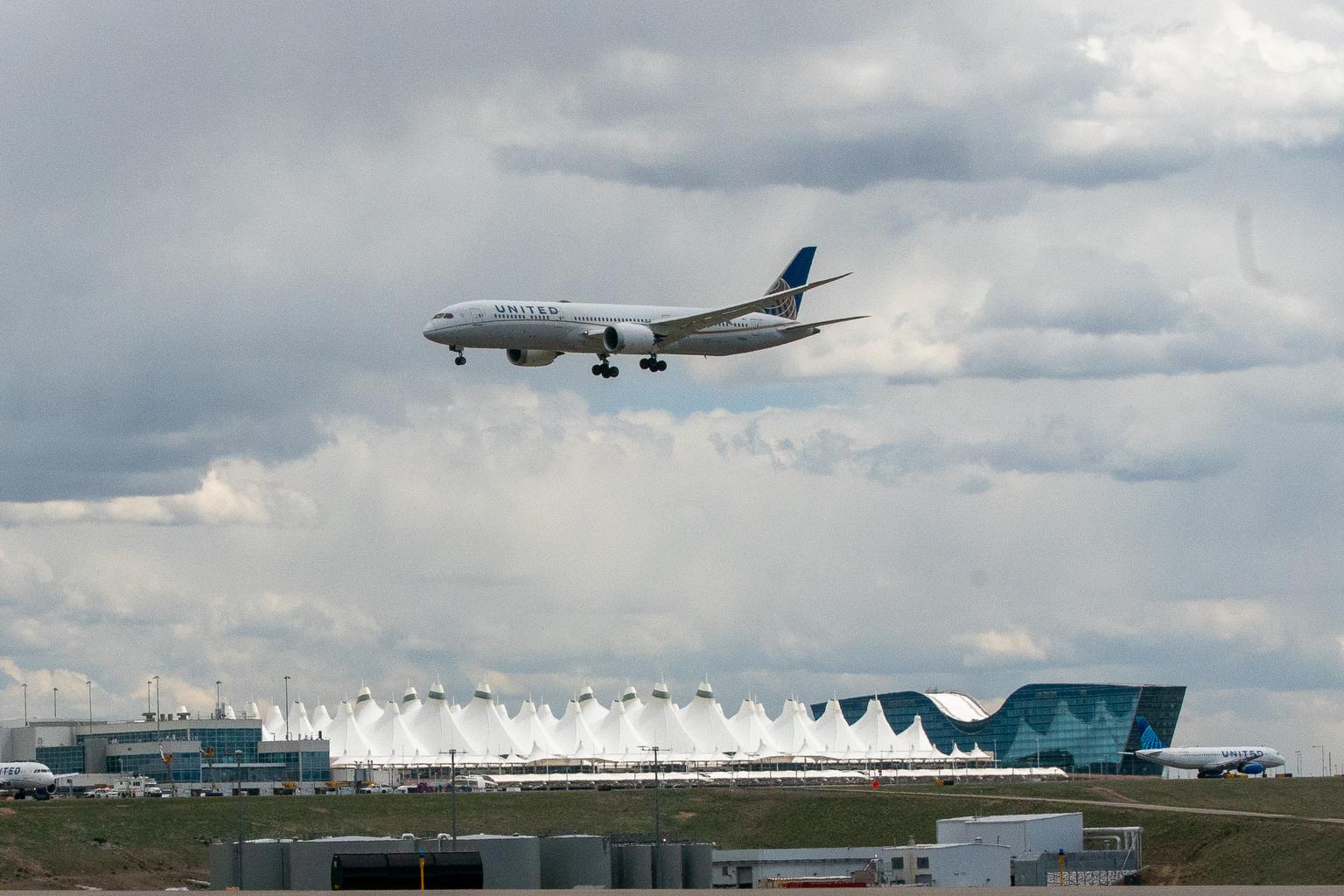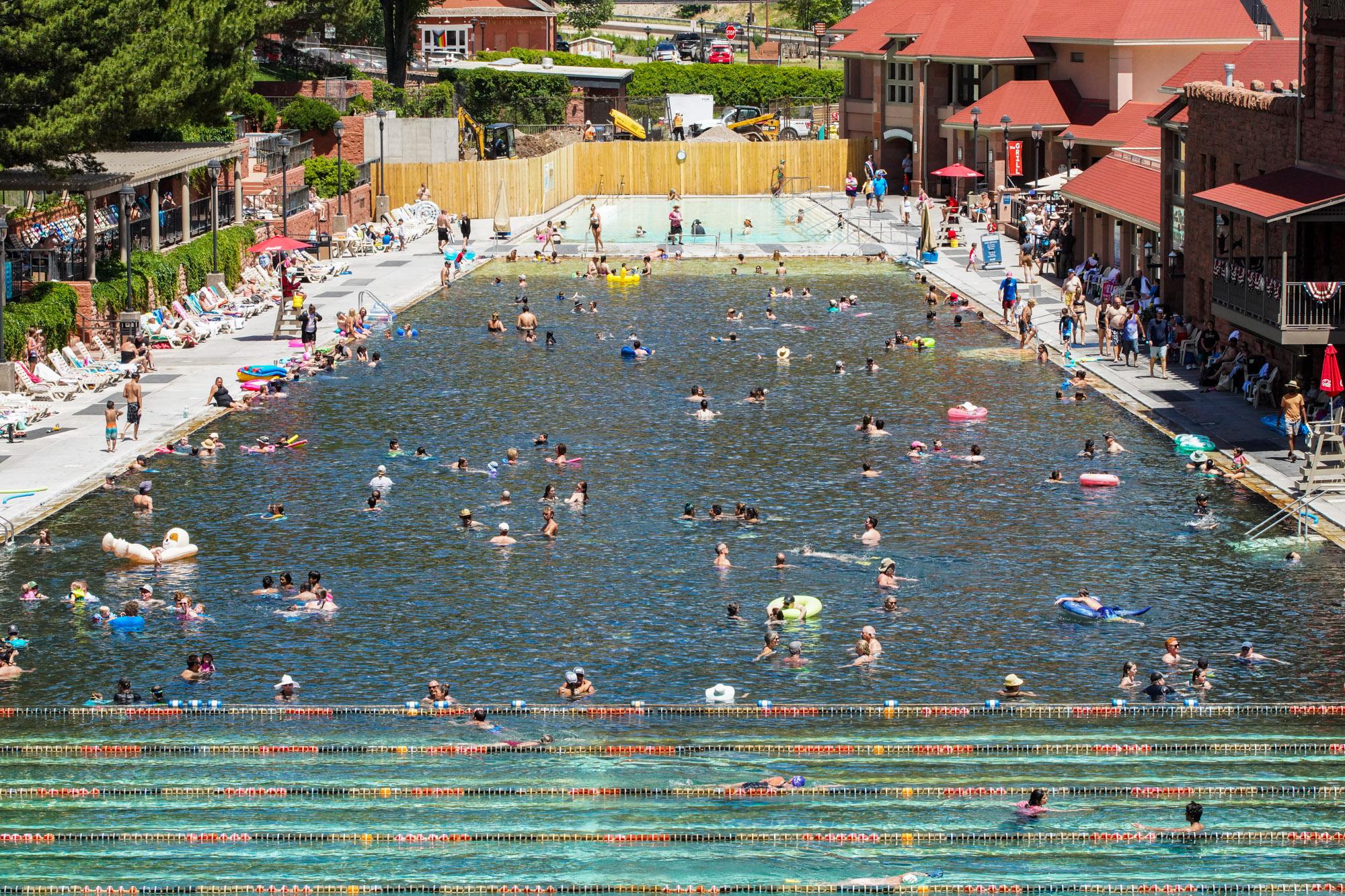
Jump to: List of hot springs | Native American uses of hot springs | How hot springs are created
Did you know Colorado’s Western Slope is home to dozens of hot springs? Today they’re a popular activity for many people, including adventurers hoping to find remote spots or those looking to relax in what is believed to be healing minerals. But for many generations, the geothermal waters in this region took on a more spiritual role among its earliest inhabitants.
Colorado has 93 known thermal areas, including natural springs and wells, according to the Colorado Geological Survey.
Below, you’ll find a list of nearly 30 hot spring locations throughout the western half of the state that includes the temperatures you can expect, as well as information about whether the place is clothing-optional or if visitors can stay overnight.
Before you visit any of these spots, get to know their cultural and historical significance, including how they are created and their role as cleansing sites for the mind, body and soul.
Grandmother water, life giver
For Ute people, who are considered the oldest residents of this region — long before it was known as the states of Colorado, Wyoming or New Mexico — these mineral waters are sacred.
“Since time immemorial, we've always used hot springs in this region,” said Cassandra Atencio, historical preservation officer for the Southern Ute Native American Tribe.
For Ute people, both hot and cold springs are known as “grandmother water,” the “life giver.” Atencio said the exact way hot springs and vapor caves are used spiritually by each tribe is sensitive information, but she said Ute people enter hot springs with reverence and intention — even if a hot spring is crowded.
“You could be there with a whole bunch of other tourists in there, but your focus is your focus about why you're going there,” Atencio said.
Atencio often goes to hot springs with the intention of purifying or cleansing herself. That intention may be to wash off things going wrong in her life or a mindset she wants to get rid of, she said.
“You're feeling this certain way and you want to go sweat it out and go sit there and let those hot springs take that thing away,” she said. “And maybe after you do that, then you'll go get in that cold water, running water after you get done to further cleanse yourself.”
Atencio said that even though Ute people were removed from their aboriginal and ancestral lands and forced onto reservations, they remember their connection to these places during these mindful moments.
They are connections made with Mother Earth, Father Sky, Grandpa Sun, Grandma Moon, Grandpa Rock and Grandpa Fire; the things that make everything connected to each other, Atencio said.
“These places are considered sacred places and it connects the tangible — what you can feel and see — to the intangible, which is that spirituality,” Atencio said. “And so when we talk about creator and we want to connect with them, we do that outside.”
It is through those connections, Atencio said, that the ancestors understood the different properties of hot spring water.
“I mean, you go to Pagosa, you get the strong sulfur smell compared to when you go to Mount Princeton,” Atencio noted.
Today, oral histories keep the sacred and healing traditions of using hot springs alive and protected among families. And while tourists are the main visitors to many springs, some locations do provide space for tribe members to hold traditional practices.
In many of the websites linked below, you’ll notice the resorts, hotels and recreation centers provide land acknowledgement and information about the waters’ original use and history.
How Colorado’s hot springs are created
In Colorado, three things must be present to create a hot spring: a heat source, water to carry that heat to the surface, and a fault.
The hot water rises to the surface and mixes with cooler groundwater, creating a more temperate pool, according to Shemin Ge, a professor of hydrogeology at CU Boulder who studies groundwater.
“The fault [acts more] like a conduit that will channel the water that carries the heat to the surface,” Ge said.
Colorado’s heat comes from a geothermal gradient. This simply refers to the temperature of the earth’s layers: the deeper the layer, the hotter the temperature.
In the case of Colorado’s western half, the geothermal gradient is higher, meaning the temperature is hotter closer to the surface, explained Ge. This is why there are a large number of hot springs on the Western Slope.
As for the faults, Ge said they’re large cracks or fractures in rocks or contact between different rock formations. (Don’t worry, these faults aren’t active and create very little movement compared to the earthquake-making faults in places like California.)
While most hot springs may not be directly or imminently affected by climate change, it does influence our water cycle and especially impacts groundwater.
“Some springs may have smaller flow rates in the future if the water cycle is severely impacted by climate change,” Ge said.
It would mean less water, reduced flow rates and higher temperatures if there isn’t enough cold groundwater. Ge said the change in groundwater wouldn’t happen in a year. It would be a more gradual change.
However, the transition to more renewable energy could jeopardize the number of hot springs in the state.
“I think geothermal energy is one thing that will be talked about a lot in the future,” Ge said.
Ge continued: “I think that's going to be an interesting thing because we want to make sure that any geothermal energy development will not impact the current operation of hot springs because of their recreational values, their economic values, [...] and ecological [values] as well.”
Today, you can visit any of Colorado’s hot spring locations and expect temperatures running from the low 80s to as high as 120 degrees Fahrenheit in controlled settings. According to the Aspen Valley Hospital, visitors should try not to exceed a soak time of up to 20 minutes if sitting in temperatures that exceed 104 degrees.
Before you head to any hot springs, remember to bring water to stay hydrated, a towel and slip-resistant sandals. Call to find out if some places allow you to rent lockers to store personal items.
Colorado hot springs, by county
Alamosa County
Sand Dunes Recreation
This facility offers many amenities, including The Greenhouse, a 21+ space that is touted as a “tropical escape” with 10,000 square feet of plants, four pools ranging from 98 to 111 degrees Fahrenheit, multiple patio spaces and a dry sauna. Onsite lodging, including short-term rentals, is available. More here.
Splashland Hot Springs Swimming Pool
This family-friendly spot in Alamosa has a swimming pool with temperatures ranging from 88 and 96 degrees Fahrenheit, and new additions like a food court, cabanas and picnic tables. Splashland is also the site of a 400-yard swim that is part of the Great Southwest Triathlon series every October. More here.
Archuleta County
The Springs Resort
This hot springs location includes 25 individual pools with temperatures ranging from 45 to 114 degrees Fahrenheit. The Pagosa Springs resort touts different personalities for each pool and includes names, what their temperatures are and what vibes they give. More here.
Healing Waters Resort
Soaking options at this Pagosa Springs spot includes a large outdoor swimming pool with temperatures ranging from 90 to 95 degrees, a kid-friendly outdoor hot tub with temperatures running from 103 to 106 degrees and adults-only indoor hot tubs separated by gender and clothing optional with temperatures ranging from 108 to 112 degrees. More here.
Overlook Hot Springs
This spot offers cubbies and towels, robes and swimsuits to rent. The Pagosa Springs location also provides food and beverage service and features a scenic overlook. It includes seven hot tubs that range in temperatures between 95 to 110 degrees Fahrenheit, a cold plunge tub and three hot spring tubs on the rooftop deck. More here.
Chaffee County
Mount Princeton Hot Springs Resort
The hot springs in this Nathrop location are open to the public year-round and day passes include access to a historic bathhouse, creekside hot springs — all of which are family friendly. Temperatures range from 99 to 120 degrees Fahrenheit. More here.
Cottonwood Hot Springs Inn & Spa
You can access one of multiple hot springs pools here without reservations from 8 a.m. to midnight all week long. Temperatures can range from 94 degrees to 110 degrees Fahrenheit for the hottest soaking tub at this Buena Vista location. More here.
Antero Hot Spring Cabins
You’ll have to rent a cabin to access these hot springs, because each cabin has a private soaking tub right outside the door. Pool temperatures range from 100 to 112 degrees Fahrenheit. These sulfur-free waters are situated in the San Isabel National Forest in Nathrop. More here.
Salida Hot Springs Aquatic Center
This city-owned facility includes a lap pool, leisure pool and private soaking bath. Water temperatures range from 82 to 100 degrees Fahrenheit. Fun fact: The building, pools and pipelines were created in 1937 as part of a Great Depression-era project to employ about 200 men. More here.
Aqua Hot Springs
Located in Nathrop, this place includes cabins, as well as meditation and massage options. Soaking temperatures range from 101 and 108 degrees Fahrenheit. There are private pool booking options by the hour for up to six people. More here.
Clear Creek County
Indian Hot Springs
Located in Idaho Springs, this place offers a mineral swimming pool, clothing-optional geothermal caves, outdoor jacuzzis, indoor private baths and mud spa. Pool temperatures range between 90 to 100 degrees. More here.
Dolores County
Dunton Hot Springs
The waters at this resort, in what once was a settlement in the unincorporated town of Dunton in Dolores County, range from 85 to 106 degrees Fahrenheit. Visitors can soak in a restored 19th century bath house or in outdoor pools. Lodging and other amenities are available as well. More here.
Fremont County
Desert Reef
Renovated and expanded in 2022, this clothing-optional hot spring spot in Florence has a main pool or private pools to rent. Visitors can book overnight stays in tiny homes or vintage Airstreams. A van camping site is also available by reservation. During the summer months, water temperature is maintained below body temperature while the water is over 100 degrees Fahrenheit during the winter months. More here.
Garfield County
Glenwood Hot Springs Resort
The Glenwood Hot Springs Resort was established by settlers in 1888 and is considered the world’s largest outdoor mineral hot springs pool, with temperatures ranging from 90 to 93 degrees Fahrenheit. A smaller therapy pool is at 104 degrees Fahrenheit. More here.
Yampah Hot Springs and Vapor Caves
At these underground steam baths in Glenwood Springs you can expect temperatures to be an average of 110 to 112 degrees Fahrenheit. Yampah’s caves are said to be the only natural vapor caves in North America. More here.
Iron Mountain Hot Springs
This Glenwood Springs location offers 16 geothermal pools, including two that are ADA-compliant, a jetted spa and freshwater family pool. Temperatures at the geothermal pools range from 98 to 108 degrees Fahrenheit. More here.
Grand County
Hot Sulphur Springs
At this resort and spa location, visitors will find 20 pools with temperatures ranging from 98 to 112 degrees. The business boasts a natural flow of water without the use of filters or pumps on site. Settlers created the first bath house on site in the 1850s. More here.
Gunnison County
Waunita Hot Springs Ranch
This family-owned and operated ranch in a remote part of Gunnison includes lodging, activities for different seasons and the option to rent for special events. Its pool ranges in temperatures from 95 and 102 degrees Fahrenheit, while the hot tub is kept at 101 to 104 degrees Fahrenheit. More here.
La Plata County
Durango Hot Springs
Reservations are required at this location which is open daily and has general admission access to dozens of hot spring pools, cold plunges, private tubs and even concession and recreation areas. Temperatures range from 99 to 112 degrees Fahrenheit. More here.
Moffat County
Juniper Hot Springs
This location near Craig is described as “rustic and raw” for its basic services, which include a large outdoor hot spring pool and five “rough and ready” mineral water tubs. Temperatures range from 80 to 103 degrees Fahrenheit. Bathing suits are mandatory. Day use and overnight camping options are available. More here.
Ouray County
Ouray Hot Springs
From a lap pool to an overlook pool, temperatures range from highs of 102 degrees Fahrenheit to lows of 74 Fahrenheit here. The geothermal water is fed by an underground aquifer sourced from Box Canyon. These sulfur-free pools contain other minerals such iron, manganese, zinc, fluoride and potassium. More here.
Box Canyon Lodge & Hot Springs
The hotel is known for the hot springs that percolate out of a nearby hillside. The water is collected in seven red cedar tubs before it empties into the Uncompahgre River across the street. Temperatures range between 101 to 106 degrees. More here.
Historic Wiesbaden Hot Springs Spa & Lodging
Facilities at this Ouray location include an outdoor pool, secluded private pool and vapor cave. Pool temperatures for these untreated waters range from 85 to 134 degrees Fahrenheit. More here.
Twin Peaks Lodge & Hot Springs
Day passes are available for visitors who want to take a dip in one of the hot springs pools or the thermal cave at this Ouray spot. Temperatures for one pool ranges from 80 to 85 degrees while the other tub has temperatures of 90 to 95 degrees. The lowest temperature for some of the cave tubs are 100 degrees while the highest temperatures are 107 degrees. More here.
Orvis Hot Springs
Visitors to this Ridgway location can take advantage of camping, lodging and massage services. The clothing-optional hot springs range in temperatures from 100 to 106 degrees Fahrenheit, and includes multiple outdoor ponds, as well as private indoor tubs. It is kid-friendly and clothing-optional. More here.
Pitkin County
Avalanche Ranch Cabins & Hot Springs
The facilities at this Redstone location feature three hot spring pools in a tiered layout. Guests can access this year-round, day and night. There is limited public access by reservation only. Pools range in temperature from 88 to 105 degrees Fahrenheit. More here.
Routt County
Strawberry Park Hot Springs
The hot springs are open all year long at this Steamboat Springs location. You can reserve pools up to a month in advance. Minors are not allowed after dark when clothing becomes optional. This place accepts cash only. Temperatures range from 101 to 107 degrees. Lodging options are available. More here.
Old Town Hot Springs
This nonprofit center in Steamboat Springs provides water slides, a lap pool, spa areas and its hot springs pool called the Heart Spring that is open only to adults and ranges in temperatures between 102 to 103 degrees. More here.
Saguache County
Joyful Journey Hot Springs Spa
Located in San Luis Valley, this spot’s three hot springs pools and two jacuzzis have temperatures ranging from 98 and 108 degrees Fahrenheit. Guests who want to stay the night can also book rooms, yurts, tipis and camping spots. More here.
Valley View Hot Springs
On 2,200 acres of protected land thanks to a nonprofit land trust, visitors to this San Luis Valley location can not only enjoy hot springs in clothing-optional rock ponds that range in temperatures from 93 to 107 degrees Fahrenheit, but also witness Colorado’s largest migratory colony of bats and visit historic structures. Reservations required. More here.
Editor’s Note: A previous version of this story misstated the county where Joyful Journey, Waunita Hot Springs and Valley View hot springs are located.

